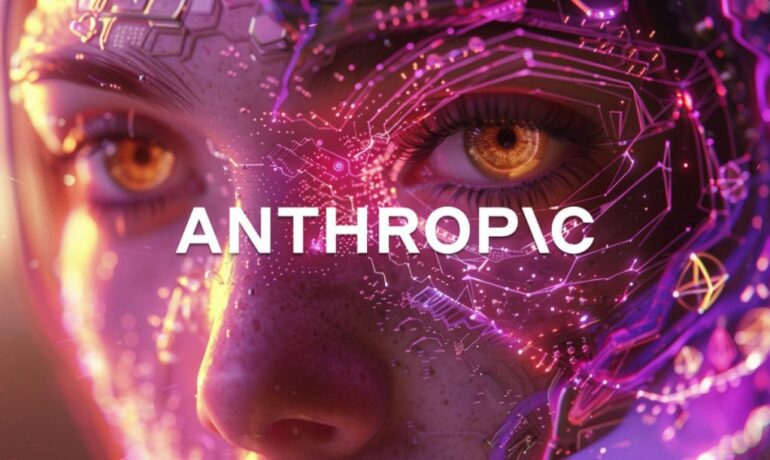- Anthropic introduces Claude 3, its latest GenAI technology, claiming superiority over OpenAI’s GPT-4.
- Claude 3 encompasses three models: Haiku, Sonnet, and Opus, with Opus being the most powerful.
- It boasts multimodal capabilities, analyzing both text and images, setting it apart from competitors.
- Claude 3 can process various visual formats but has limitations in image processing, such as identifying individuals.
- Despite its current focus on image analysis, Claude 3 promises improved responsiveness and multilingual conversational abilities.
- Anthropic plans frequent updates to address biases and language fluency issues, aiming to revolutionize AI self-teaching.
- Opus and Sonnet are currently available, while Haiku will be released later, with pricing based on token usage.
Main AI News:
Anthropic, the AI startup supported by Google and substantial venture capital, has introduced its latest innovation: the GenAI technology named Claude. With claims of superiority over OpenAI’s GPT-4, the company asserts that its AI chatbot surpasses existing benchmarks.
Claude 3, the latest iteration of Anthropic’s GenAI, consists of a trio of models: Haiku, Sonnet, and Opus, with Opus emerging as the most formidable. According to Anthropic, all variants demonstrate enhanced analytical and predictive capabilities compared to counterparts like ChatGPT, GPT-4, and Google’s Gemini 1.0 Ultra.
What sets Claude 3 apart is its multimodal capability, allowing analysis of both text and images—a feature reminiscent of some versions of GPT-4 and Gemini. Claude 3 can interpret various visual formats, including photos, charts, graphs, and technical diagrams sourced from PDFs and slideshows.
An advancement over its rivals, Claude 3 can analyze multiple images concurrently, enabling comparison and contrast—a feature limited by 20 images per request. However, image processing has constraints; it cannot identify individuals and struggles with low-quality images, spatial reasoning tasks, and object counting.
Moreover, Claude 3 is exclusively designed for image analysis at present, with no provision for artwork generation. Nevertheless, it promises improved responsiveness, structured outputs, and multilingual conversational capabilities compared to predecessors.
The contextual richness of Claude 3, derived from its expanded context window, contributes to more expressive responses and a better understanding of user requests. With a context window accommodating up to a million tokens, Claude 3 competes with Google’s Gemini 1.5 Pro in contextual comprehension.
Acknowledging imperfections, Anthropic plans frequent updates to address biases, hallucinations, and language fluency issues. The company aims to enhance Claude 3’s capabilities, including interactive coding and advanced agentic functions.
In terms of accessibility, Opus and Sonnet are currently available, while Haiku will debut later. Pricing varies based on token usage, ranging from $15 to $0.25 per million input tokens, with corresponding rates for output tokens.
Looking ahead, Anthropic aspires to revolutionize AI self-teaching, potentially enabling virtual assistants capable of diverse tasks. With ambitious fundraising targets, it aims to remain competitive in the evolving AI landscape.
Conclusion:
Anthropic’s Claude 3 represents a significant advancement in AI technology, challenging the dominance of OpenAI’s GPT-4. With its multimodal capabilities and promises of frequent updates, Claude 3 has the potential to reshape the AI market landscape. Businesses operating in AI-driven sectors should closely monitor these developments to stay competitive and leverage the latest advancements in AI technology.

